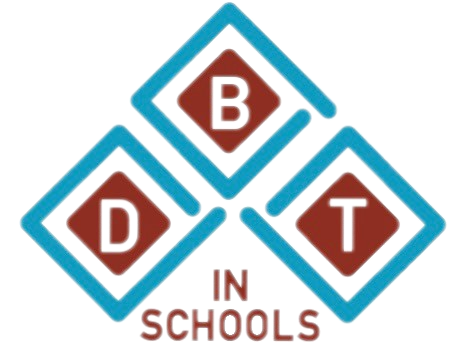Transforming Emotions with Checking the Facts
When we assume the worst—like imagining laughter is directed at us, or thinking a disruptive student is just being rude—our emotional reactions can escalate quickly. Slowing down to check what’s really happening often reveals a different, less alarming reality, which in turn calms our emotions and prevents unnecessary conflict.
Relevance in Schools
Friendship drama, academic pressures, and social media can all heighten students’ emotions. Giving them (and their teachers) a way to verify the facts before reacting builds resilience, nurtures a supportive environment, and enhances overall well-being. Instead of letting misunderstandings grow, students learn to see alternative explanations that can completely change how they feel about a situation.
How Misinterpretations Amplify Emotions
Misinterpretations can make small moments feel like major crises. Imagine a student walks by a group of peers who suddenly burst out laughing. The student instantly thinks, “They’re making fun of me,” leading to embarrassment, anger, or even a desire to lash out. Yet the truth may have nothing to do with that student at all.
The Snowball Effect
Acting on incorrect assumptions tends to escalate problems. A student who believes they’re the target of jokes might withdraw or respond aggressively, which strains friendships and creates tension in the classroom. Repeated misinterpretations can fuel anxiety, damage self-confidence, and create a cycle of negative thoughts—unless we break that cycle by learning to check the facts.
Steps to Use Checking the Facts
Identify the Triggering Event
The first step is pinpointing exactly what happened. Maybe it’s overhearing laughter in the hallway, struggling on a quiz, or noticing a friend didn’t respond to a text. Recognizing the precise event helps clarify what we’re actually reacting to.
Ask Key Questions
“What are the facts of this situation?”
“What am I assuming or interpreting?”
“Is there evidence to support my interpretation?”
Encourage students (and staff) to keep these questions in mind or write them down. They highlight the difference between what we know and what we’ve guessed.
Reassess and Revise
If your assumption isn’t supported by facts, try reframing your interpretation. Consider other explanations: “Could my friend simply be busy?” or “Is the teacher’s feedback really a personal criticism, or is it just highlighting areas I can improve?”
Choose a Skillful Response
Once you have a clearer view of the situation, it’s easier to respond in a way that won’t escalate tension—like asking for clarification, focusing on problem solving, or offering empathy instead of blame.
Real-World Applications
For Students
A common example is failing a quiz and automatically thinking, “I’m terrible at math.” Checking the facts might reveal the student simply didn’t review key concepts or spent too little time studying. Realizing it’s a fixable issue, not a permanent failing, lowers anxiety and encourages better study habits.
For Educators
A teacher noticing a student’s disruptive behavior might assume it’s deliberate disrespect. But by stepping back to see what’s actually happening—maybe the student is overwhelmed or anxious—the teacher can address the underlying cause. Understanding what fuels the behavior can completely shift the response from punishment to support, improving the teacher-student relationship.
Benefits of Checking the Facts
Emotional Regulation
Slowing down to analyze thoughts and assumptions allows emotions to settle. Students become better at managing anxiety, anger, or sadness because they realize not every feeling reflects the full truth.
Improved Relationships
When misunderstandings are caught early, conflicts are less likely to escalate. Trust and empathy grow because students and educators alike focus on what’s really happening, rather than worst-case scenarios or rumors.
Enhanced Decision-Making
With fewer emotional distortions, it’s easier to respond effectively. Whether it’s figuring out how to fix a lower grade or resolving a social conflict, decisions grounded in fact tend to be more productive and fair.
The Takeaway:
Emotions can feel overwhelming when they’re fueled by assumptions, but Checking the Facts bridges the gap between what we imagine and what’s actually going on. That shift to reality-based thinking calms intense feelings and paves the way for wiser, more compassionate choices.
When schools embrace this skill—teaching students and educators to pause, verify, and revise their interpretations—everyday challenges become far more manageable. Conflict, anxiety, and hurt feelings are replaced with clarity, empathy, and growth. By integrating Checking the Facts into daily routines, we create a more supportive and emotionally balanced learning environment that helps everyone navigate challenges with confidence and respect.
